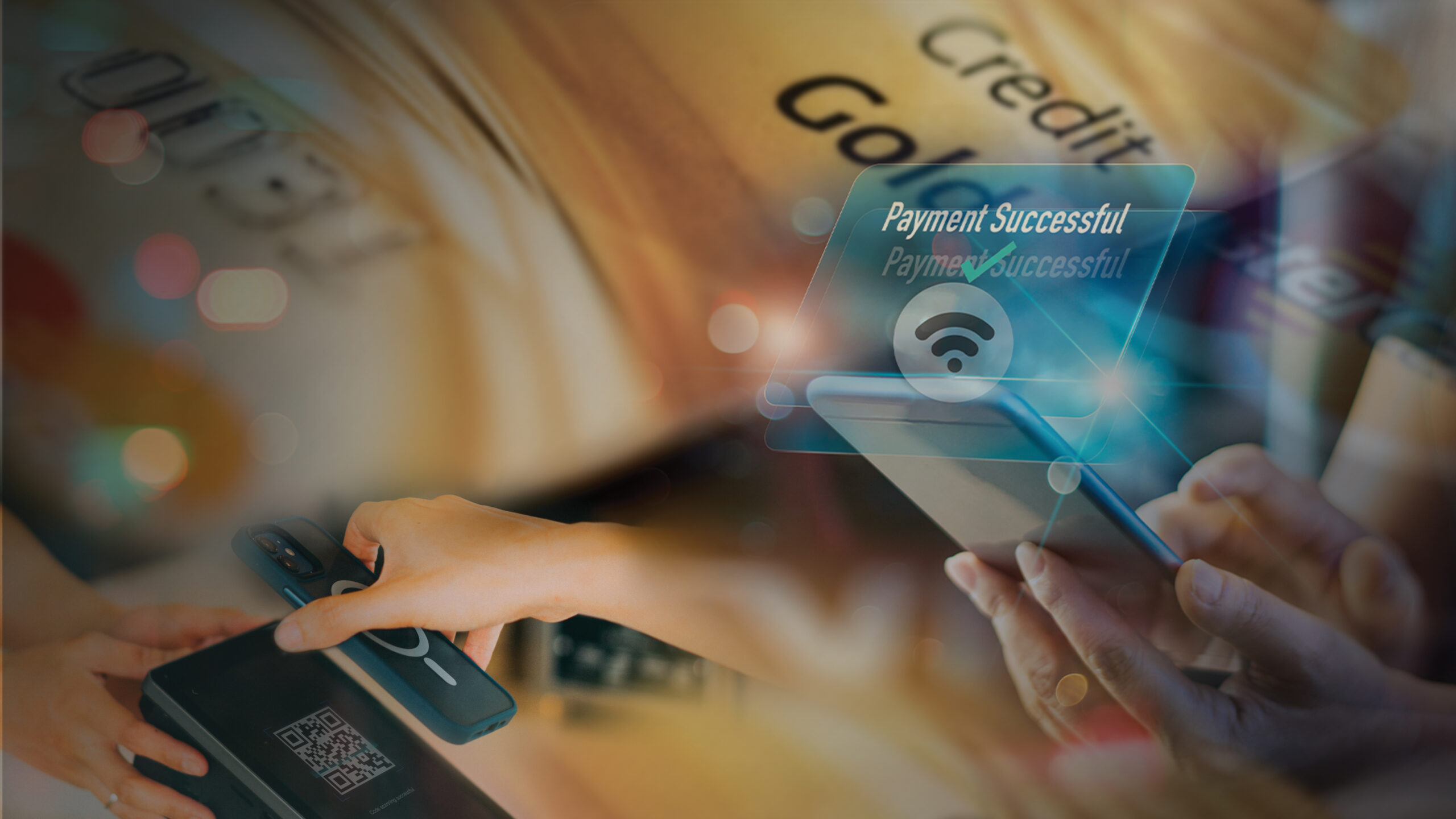Cash was once king, but talk of a cashless society has been doing the rounds for decades. Recent global developments have brought that state of play even closer, casting a heavier pall on the usefulness of cash – banknotes and coins – in daily commercial activities.
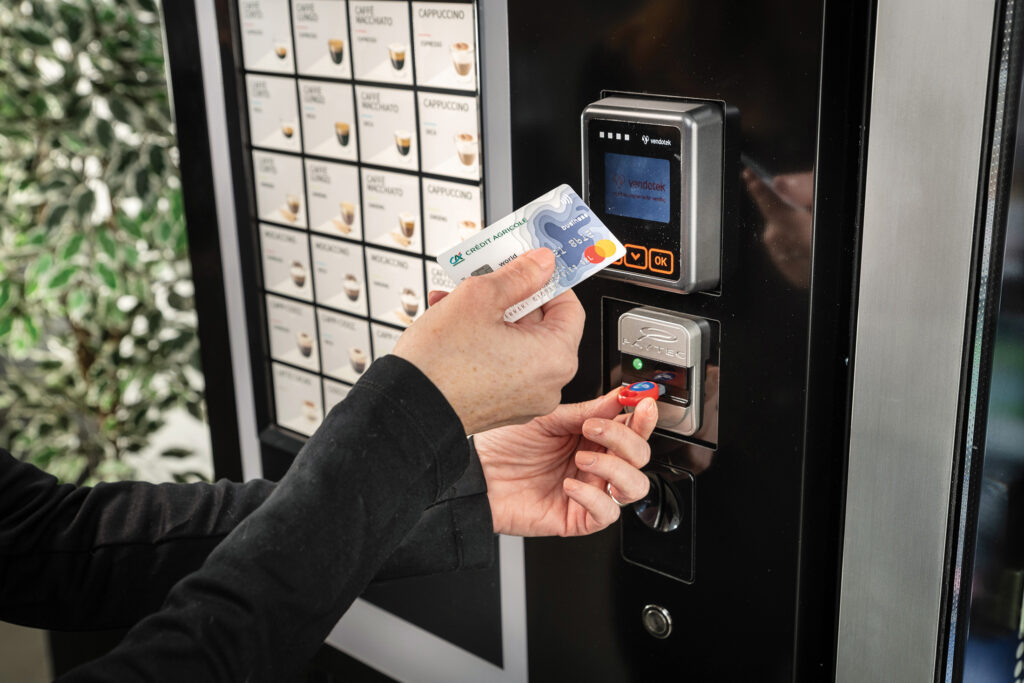
Among its lesser known consequences, the Covid-19 pandemic affected consumers’ payment habits– for some it instilled a fear of handling cash. Research into the impact of Covid on European payment habits by Cranfield University suggests the virus had a dual effect: not only did it push people to use cashless payments in shops, but it also increased online cashless transactions.
Covid cash crash
Andrea Moro, Professor of Entrepreneurial Finance at the Cranfield School of Management, who was part of the research team, believes the global pandemic accelerated pre-existing trends. “Concerns about Covid transmission via touching banknotes or coins that can be infected and the desire to reduce physical contact with others to the bare minimum reinforced and amplified a previous trend towards cashless transactions by increasing the use of cashless payment methods,” he says.
Moro, who previously worked as a senior financial advisor at a consulting firm owned by a group of Italian banks, adds their research suggests the change away from cash payment is longterm or permanent. For many, there came a realisation that concerns about personal information being misappropriated or that “money can be stolen from their bank” were not grounded in fact. “In some way people discovered an alternative way for paying for their shopping and they liked it,” he says.
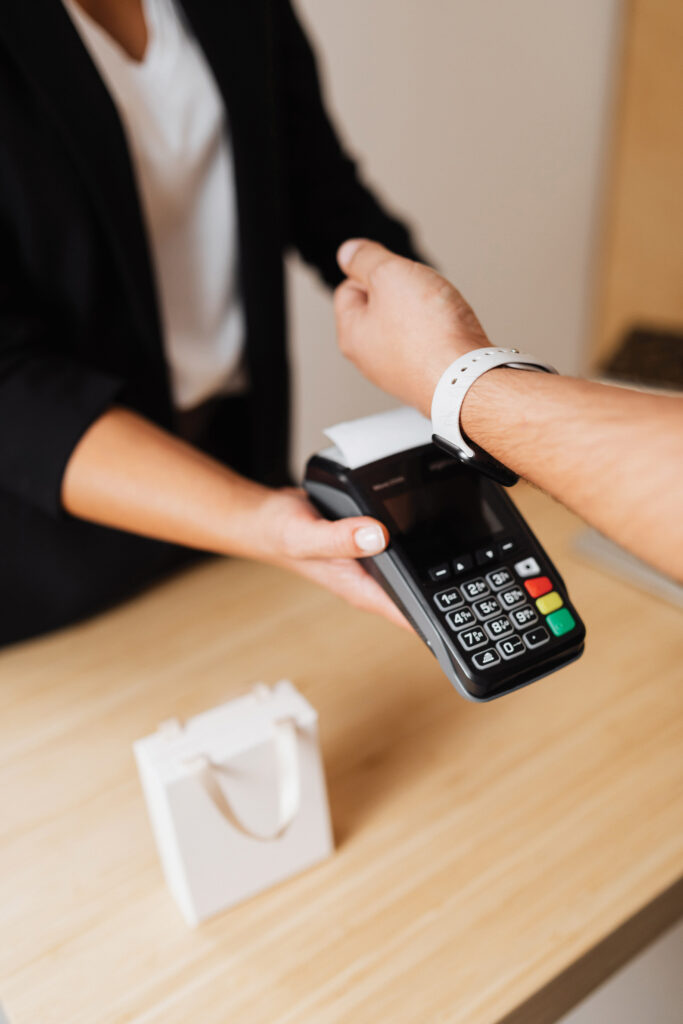
Intriguingly, it was mainly members of the older generation whose payment habits shifted. Prior to Covid, this age group had demonstrated an affinity for traditional cash-based transactions; they were less prone to credit card usage and quite resistant to innovative payment services such as Apple Pay and Google Pay. As Moro points out, younger people were already using cashless payments before the outbreak.
In essence, reveals Moro, the pandemic consolidated the growing trend of cashless payments, which had begun in the ’80s and ’90s with the increased use of debit and credit cards and exploded with the introduction of mobile payment services. Recent data suggests 21 per cent of global retail purchases this year will take place online.
Cashless drivers
The arrival of technology allowing for the implementation of transactions that are perceived to be secure is a key driver towards a cashless future, notes Moro. “The fact that even if someone steals my phone, they will not be able to use the payment system set up on the phone because of the password/finger protection, has reassured users who nowadays find this approach even more secure than cash,” he says.
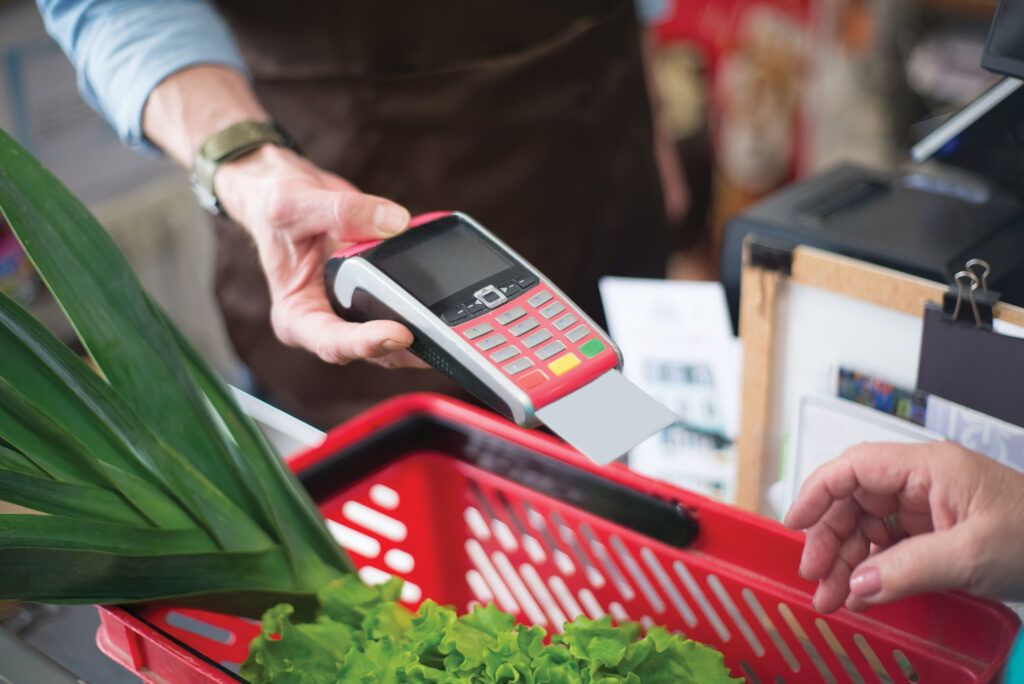
Moro favours the move to a cashless society: “It reduces costs, simplifies our life, speeds up transactions and makes them more secure and can also have a positive environmental effect.” He cites the risks of losing cash or receiving fake banknotes, and warns that cash has historically been used for illegal transactions where buyer and seller do not want the exchange to be trackable.
He links the desire to cling onto cash to those who struggle with technology or work jobs that are traditionally paid in cash.
China e-payment push
In many places including China, which has been quicker than most to embrace electronic payment, digital platforms will undoubtedly continue to erode the percentage of cash-based transactions. According to Professor Jack Poon of the Hong Kong Polytechnic University (PolyU), a fintech expert who advises artificial intelligence and blockchain startups, the prerequisites of a cashless society are smartphone penetration, availability of wireless broadband networks (4G, 5G), and the inadequacy of existing payment infrastructure within the country.
The demographic of the population also plays an important role. Younger generations, higher income groups and well-educated segments are more receptive to technology adoption than older generations, lower income groups and less educated segments, respectively.
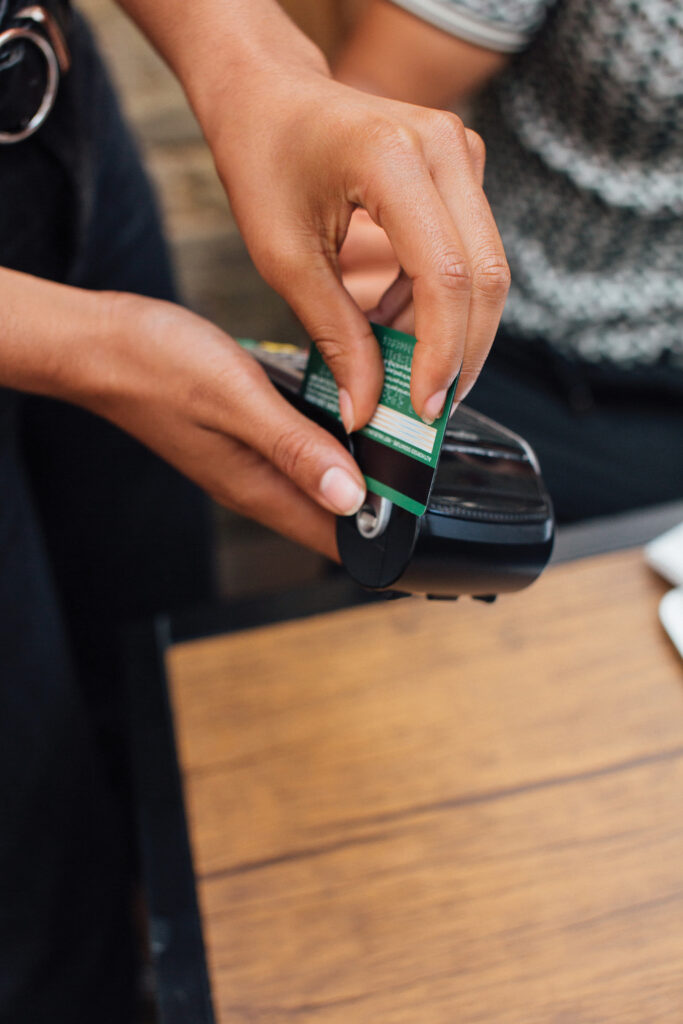
Developing economies like India are also showing a huge uptake in mobile cash payments to the benefit of many marginalised communities with platforms like the Unified Payments Interface (UPI) allowing for fast account-to-account transfer using fintech apps such as PhonePe or Google Pay. China’s Alipay and WeChat Pay models, where the consumer scans a QR Code and payment is debited directly from the balance or through an affiliated bank account or another form of payment (like a credit card), have proved extremely popular.
Digital wallets are pervasive in China. “From a business standpoint, digital wallet providers are incentivised to acquire more customers because a larger customer base enables other forms of business models for additional revenue streams,” says Poon. Though by law, cash must be accepted as a legal tender in mainland China, he points out e-payment lowers the cost and risk of cash management, increases transaction efficiency and scales a business across multiple geographies (within a country) faster.
Kent Matthews, professor of banking and finance at Cardiff University, says so much of officialdom in China leans on technology that is only natural that this would eventually extend down to transactions at street markets as well as shops.
Hong Kong digital delay
Here in Hong Kong, the recent adoption of different forms of cashless payments is widely perceived to have been driven by their widespread implementation across the border. Certainly, the consumption voucher scheme has accelerated the use of digital payments by WeChat Pay, Alipay and Octopus.
But according to one local banking professional, the territory still lags far behind other places in terms of becoming a cashless society. “There are a lot of limitations and regulations regarding the implementation and promotion of developing cashless transactions in Hong Kong,” he says.
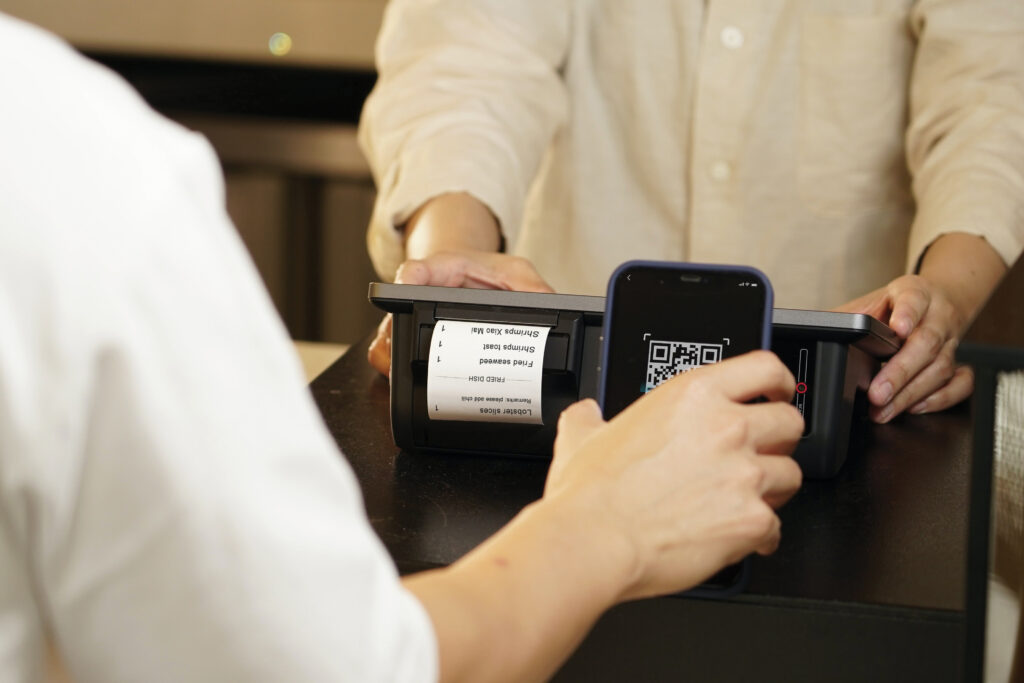
From his perspective as a banker, he believes the financial regulators in Hong Kong are conservative in implementing cashless methods because there is a lot of risk inherited, especially fraud and data leakage. “For most people in Hong Kong, cashless transactions are just for minor transactions like transportation, buying daily supplies and paying bills,” he says.
There is an apparent unwillingness to change consumption behaviour, particularly among the older generation, fuelled in part by numerous recent fraud cases. Ada Chung Lai-ling, Hong Kong’s Privacy Commissioner for Personal Data, recently voiced fears about online shopping platforms, citing evidence of data security incidents and phishing attacks.
Despite the many challenges in Hong Kong, a fintech adoption survey conducted by PolyU revealed that 91% of the 2,000-plus respondents had adopted e-payment in Hong Kong.
Disruptive fintech
The credit card model of payment in the West is strongly built, according to Poon, and is unlikely to be dismantled. He does suggest there are multiple fintech companies trying to break into this ecosystem and fill the gaps “like payments among friends when you share a lunch meal, or the buy- now-pay-later (BNPL) disruption to the traditional card model”.
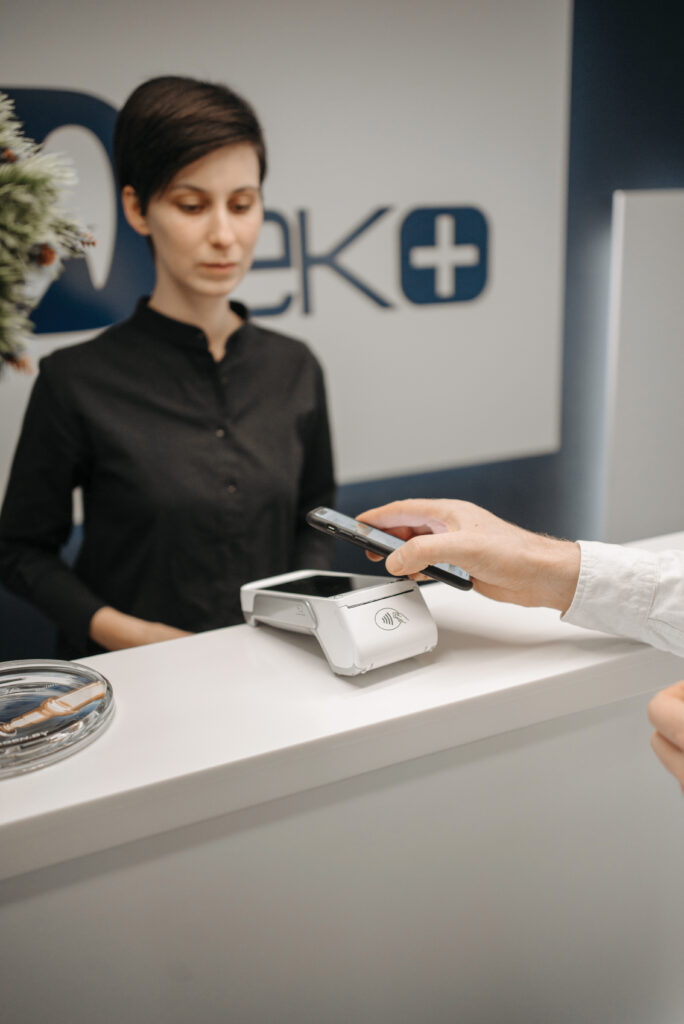
He believes crypto is only an alternative to cash or e-payment in countries where the sovereign currency is experiencing significant devaluation.



